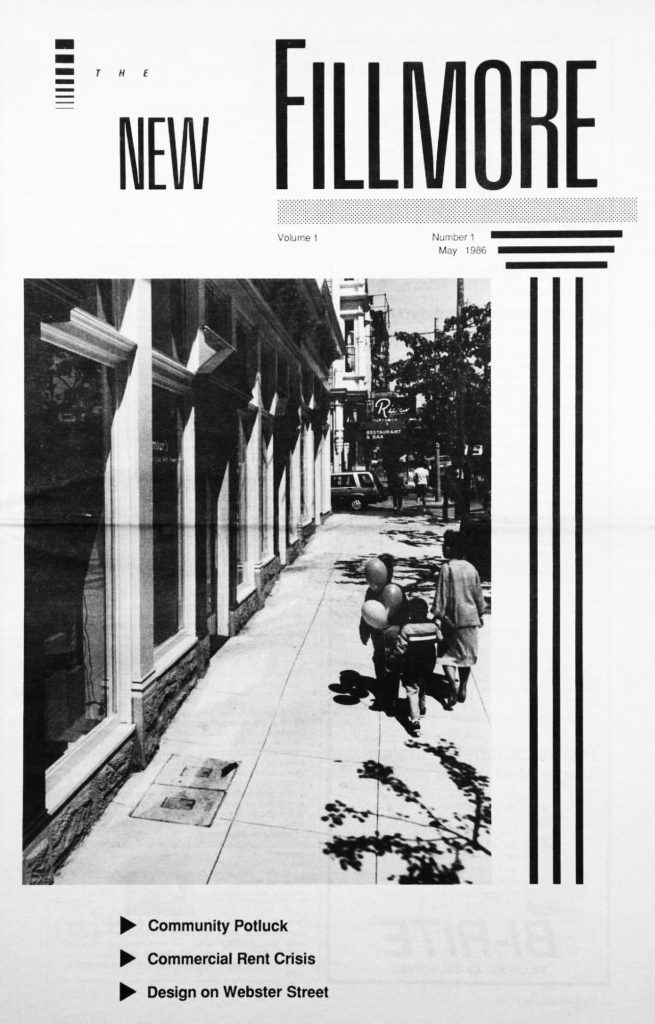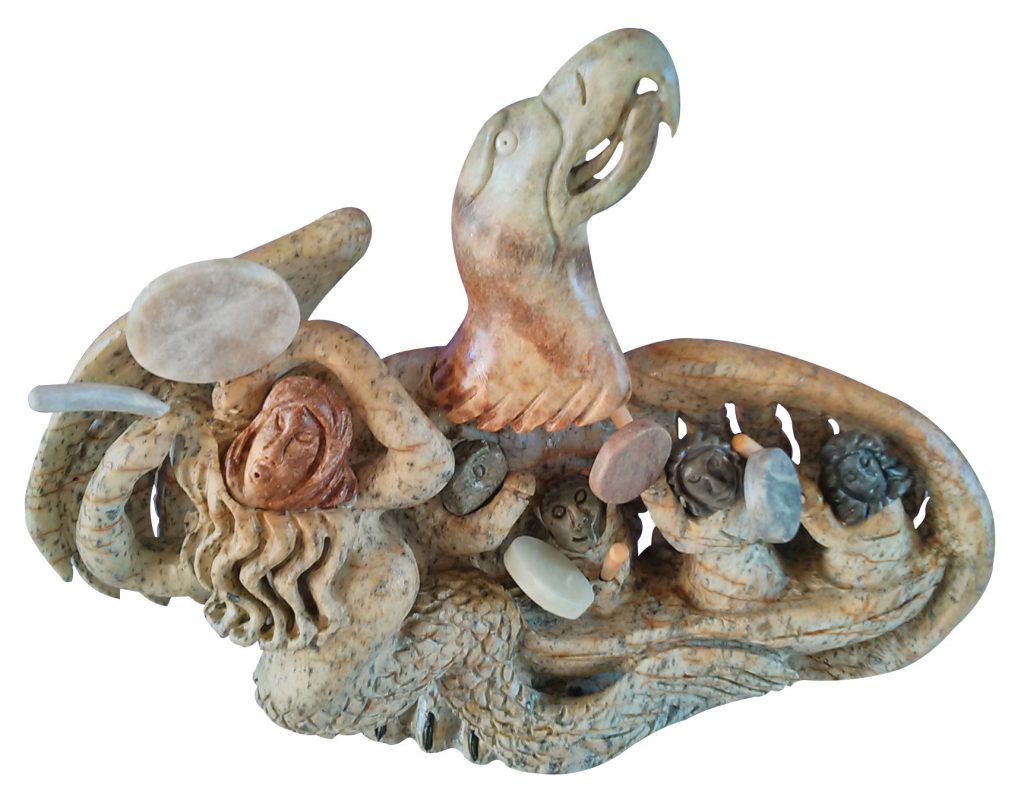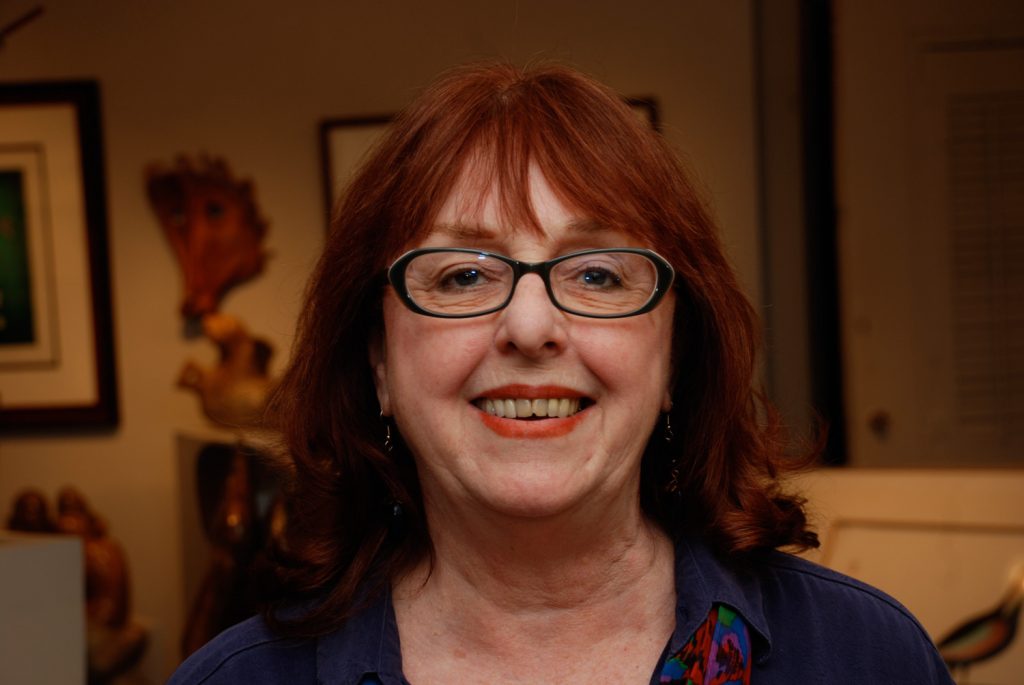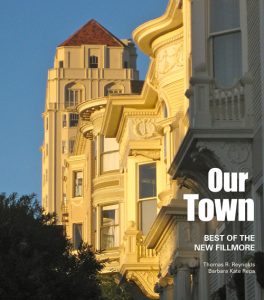By Judy Goddess
IMAGES OF THE NORTH gallery at 2036 Union Street may be small in size, but its collection is rich in artistry and giant in vision.
“Inuit art is magical,” says owner Lesley Leonhardt of the art she presents capturing the Arctic landscape and culture. Her Union Street gallery houses one of the country’s most extensive collections of Inuit art by established and emerging artists from all over the Arctic. Sculpture fills the floor; smaller pieces are stored in narrow cabinets along the walls; jewelry and prints are hung on the walls and displayed in cabinets and racks in the back of the gallery.
From September 13 to October 9, the gallery will showcase soapstone sculpture by Jonas Faber, its third exhibition of the internationally heralded artist known for his bold, personal style and his creative treatment of Inuit cultural themes and myths.
Until the middle of the 20th century, the Inuits were nomads following the food trail in Northern Canada and Alaska. But in the 1940s, they began settling in permanent communities across the Arctic, Leonhardt says. The Canadian government, concerned about the Inuits’ survival, sent advisors to help local settlements develop a source of income. While the Inuits had a long history of creating art for their own personal use — beading, tattoos, game pieces and amulets — they had no concept of purely decorative art, she says.
But the advisors did. The abundance of local materials — stone, whalebone, ivory and antlers — made carving a promising option for self-sufficiency.
There were obstacles at first, Leonhardt points out.
“Carvings to display on tables? What is a table? There wasn’t even a word for ‘art’ in the Inuit language,” she says. Still, all the carvings brought to Montreal for the first commercial exhibit of Inuit art in 1949 sold within a weekend. And the boom was on.
“Local communities formed artist co-operatives to sell their works and, with some assistance from the Canadian government, the Inuit art market began to flourish,” Leonhardt says. “Over time, regional styles have developed depending on the local stone and on the success of earlier carvers from the community. Because the U.S. government did not offer the same encouragement, few Alaskan Inuit communities produce art.”
Leonhardt has been associated with Inuit art for more than 35 years, since she began working at the Quest gallery in Sausalito.
“I learned on the job,” she says. “The two owners taught me about Inuit art and the art business.” In 1980 Leonhardt joined Images of the North, a gallery focusing on Inuit art co-founded by Sam and Helen Sobol in the 1979. By the mid-80s, she had become a partner. When the Sobols retired, Leonhardt became the owner.
Her passion has endured, even as Inuit art, particularly sculpture, has evolved.
“The naturalness of the medium inspires a fundamental relationship to the art. It can be grasped,” she says. And much of it begs to be touched, too. Carvers initially rough out the block of carving stone with axes, hammers and chisels, or sometimes with small power tools. Then they use files, rasps and sandpaper for finishing. Earlier sculpture was more primitive or naive.
“While contemporary Inuit sculpture still focuses on the classic themes of animals, families and myths, the art has become more abstract,” Leonhardt says. “We are also seeing a more refined look, a preference for highly polished stone.”
“Art is a tough business,” she acknowledges. “Fewer people seem to have the discretionary income to buy art these days. But you don’t give up.”
“Union Street has changed, too,” notes Leonhardt, who has been the executive director of the Union Street Association for almost 20 years. “We see fewer retail businesses, as people do more of their shopping online. Retail stores are being replaced by stores selling personal services: nail shops, gyms and facials.”
Leonhardt says that before the most recent economic downturn, 70 percent of her business came from tourists. While collectors continue to seek out the gallery, the slowdown in street traffic has definitely affected sales.
“Of course I want to make sales, but I also want people to come in and look, to enjoy the art. I want visitors to say, ‘This is great. I’m enjoying this art and this experience,’” says Leonhardt. “This magic needs to be shared.”
Filed under: Art & Design








